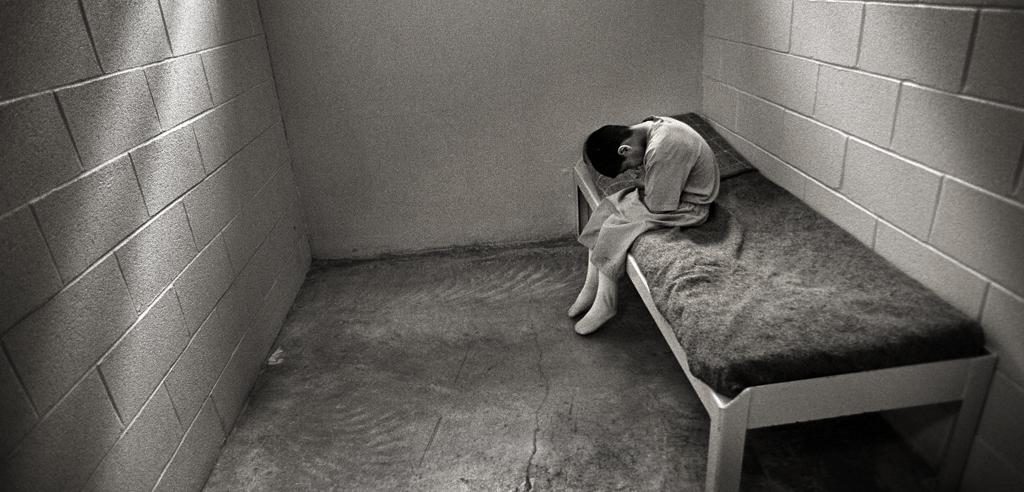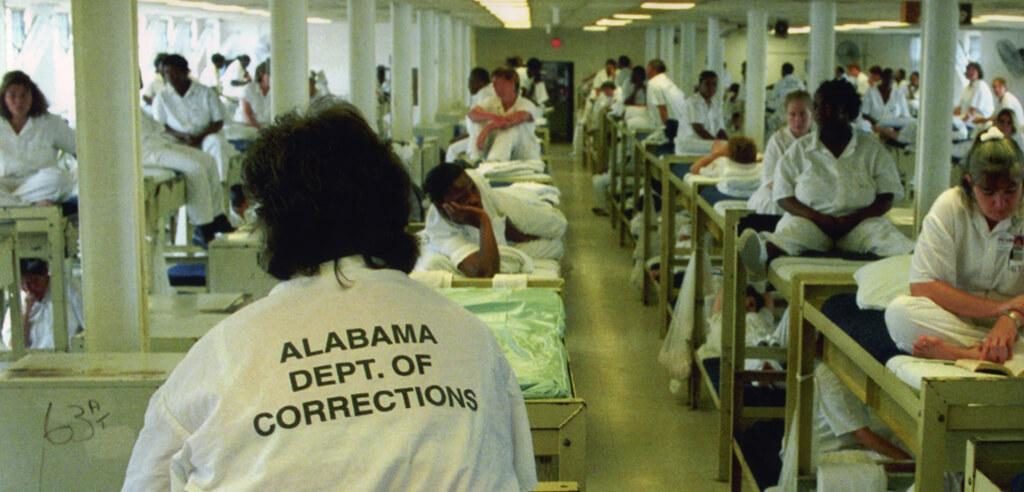Criminal Justice Reform
Criminal Justice Reform
The United States incarcerates its citizens more than any other country. Mass incarceration disproportionately impacts the poor and people of color and does not make us safer. EJI is working to end our misguided reliance on over-incarceration.
25%
The U.S. has 5% of the world’s population but nearly 25% of its incarcerated population.1 James Cullen, “The United States is (Very) Slowly Reducing Incarceration,” Brennan Center for Justice (Jan. 18, 2017).
$87B
Our spending on jails and prisons reached $87 billion in 2015, an increase of 1000% from the $7.4 billion spent in 1975.2 Jennifer Bronson, “Justice Expenditure and Employment Extracts, 2015-Preliminary,” Bureau of Justice Statistics (June 29, 2018).
2.2M
In 1972, there were only 200,000 people incarcerated in the United States. Today that number has grown to 2.2 million.3 Jennifer Bronson & E. Ann Carson, “Prisoners in 2017,” Bureau of Justice Statistics (Apr. 2019); Zhen Zeng, “Jail Inmates in 2017,” Bureau of Justice Statistics (Apr. 2019).
750%
From 1980 to 2017, the number of women in jails and prisons in the U.S. grew 750%. Over 225,000 women are incarcerated today.4 The Sentencing Project, “Incarcerated Women and Girls” (June 2019).
In the American criminal justice system, wealth—not culpability—shapes outcomes. Many people charged with crimes lack the resources to investigate cases or obtain the help they need, leading to wrongful convictions and excessive sentences, even in capital cases.
Racial disparities persist at every level from misdemeanor arrests to executions. The “tough on crime” policies that led to mass incarceration are rooted in the belief that Black and brown people are inherently guilty and dangerous—and that belief still drives excessive sentencing policies today.5 Rebecca C. Heley, Jennifer L. Eberhardt, “Racial Disparities in Incarceration Increase Acceptance of Punitive Policies,” Psychological Science (Aug. 5, 2014).
More incarceration doesn’t reduce violent crime.6 Don Stemen, “The Prison Paradox: More Incarceration Will Not Make Us Safer,” Vera (July 2017). Using prisons to deal with poverty and mental illness makes these problems worse. People leave overcrowded and violent jails and prisons more traumatized, mentally ill, and physically battered than they went in.
Today, nearly 10 million Americans—including millions of children—have an immediate family member in jail or prison.7 FWD.us, “Every Second: The Impact of the Incarceration Crisis on America’s Families” (Dec. 2018); Rutgers University, “Children and Families of the Incarcerated Fact Sheet” (2014). More than 4.5 million Americans can’t vote because of a past conviction.8 Erin Kelley, “Racism & Felony Disenfranchisement: An Intertwined History,” Brennan Center for Justice (May 9, 2017). And each year, we lose $87 billion in GDP due to mass incarceration.9 FWD.us, “Every Second: The Impact of the Incarceration Crisis on America’s Families” (Dec. 2018).
Issues
EJI believes ending mass incarceration is the civil rights issue of our time. We challenge excessive punishment in court, advocate for parole and provide re-entry support, and advance systemic reform through research, education, and narrative work.


